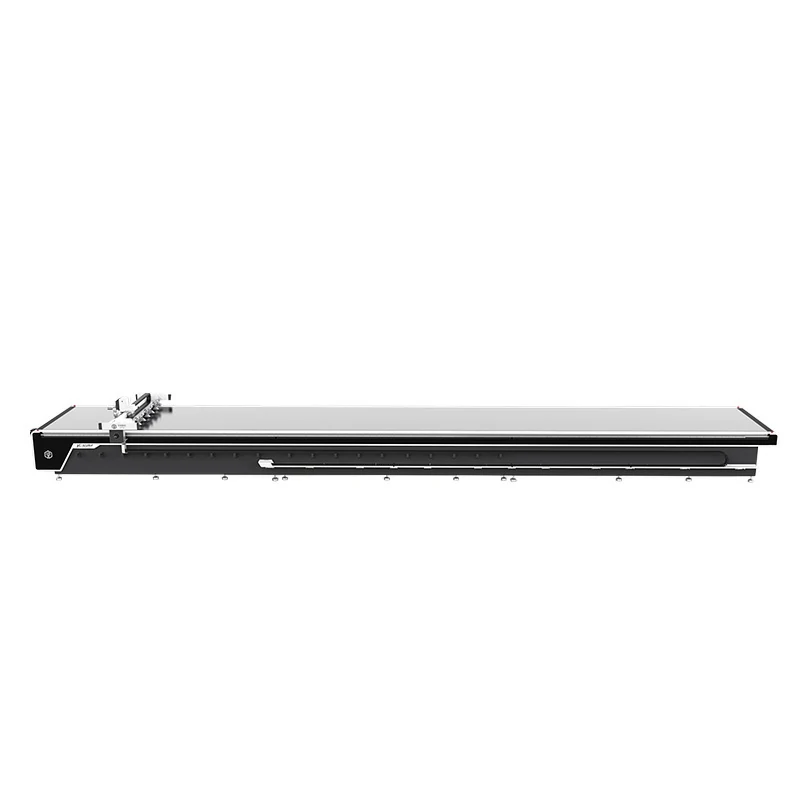Preventing fabric jams or snags during PVC tablecloth cutting involves implementing several measures to ensure smooth and uninterrupted cutting operations.
Here’s how a cutting machine typically prevents such issues:
- Optimized Feed Mechanism: The cutting machine features an optimized feed mechanism that smoothly and consistently advances the PVC tablecloth material through the cutting area. This mechanism prevents uneven feeding or bunching of the fabric, reducing the risk of jams or snags.
- Roller Systems: Some cutting machines utilize roller systems to guide and support the PVC tablecloth material as it moves through the cutting area. These rollers ensure even distribution of tension across the fabric surface, minimizing the likelihood of jams or snags caused by uneven material handling.
- Anti-Jamming Sensors: Advanced cutting machines may be equipped with anti-jamming sensors that detect potential jams or blockages in the cutting area. Upon detection, pvc tablecloth cutting machine these sensors trigger automatic adjustments or pauses in the cutting process to prevent fabric damage and ensure smooth operation.
- Smooth Cutting Surfaces: The cutting table and surfaces within the cutting area are designed to be smooth and free of obstructions. This reduces friction and resistance against the PVC tablecloth material, minimizing the risk of snags or tears during cutting.
- Precision Cutting Tools: High-quality cutting tools, such as rotary blades or oscillating knives, are used to ensure clean and precise cuts through the PVC tablecloth material. Sharp blades and precise cutting mechanisms help minimize the force required to cut through the fabric, reducing the likelihood of snags or jams.
- Material Hold-Down Systems: To prevent the PVC tablecloth material from shifting or lifting during cutting, the cutting machine may incorporate material hold-down systems. These systems secure the fabric firmly in place on the cutting table, preventing movement that could lead to jams or misalignment.
- Operator Monitoring: Operators are trained to monitor the cutting process closely and intervene promptly if any signs of jams or snags occur. Regular inspection of the cutting area and adjustment of cutting parameters can help prevent fabric-related issues before they escalate.
- Proper Maintenance: Regular maintenance of the cutting machine, including cleaning and lubrication of moving parts, ensures smooth operation and reduces the risk of jams or snags caused by mechanical issues or debris accumulation.
By implementing these measures, a PVC tablecloth cutting machine can effectively prevent fabric jams or snags, ensuring efficient and reliable cutting operations with minimal downtime or fabric waste.
